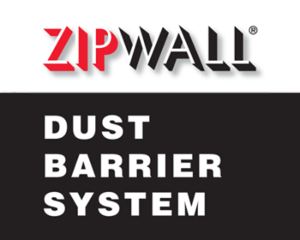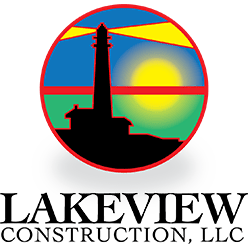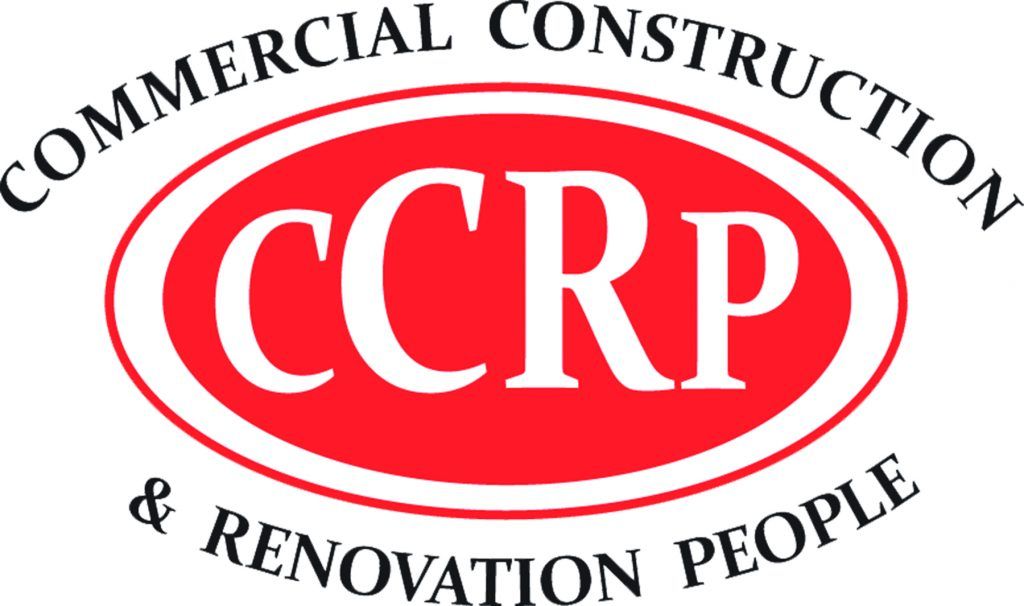Construction site accidents can lead to significant injuries, project delays, and even legal ramifications if you do not know what you are doing. There are many mistakes construction companies make after an accident that aggravate the situation for individuals and your business.
This listicle identifies 6 common legal mistakes. It also provides best practices to avoid those mistakes and help you comply while protecting all parties.
Refusal or Indecision Around Injury Claims
Some organizations refuse or hesitate to process workers’ compensation claims to save money. Timely and equitable processing of claims minimizes litigation. When evaluating claims, HR and management must be trained to use fair and impartial methods and consult with legal advisors when in doubt.
Do not refuse a claim based solely on standard procedures; thoroughly review and contemplate each case.
You can get legal help from a Phoenix injury lawyer when dealing with an injury claim. A claim processed transparently will create goodwill, reinforce compliance, diminish the chances of disputes, and protect the organization’s credibility in the community.
Not Reporting the Accident Right Away
Construction companies often wait too long to report incidents to OSHA or don’t report them to the insurer. This is a very costly, avoidable mistake. Reporting timely is a legal requirement and helps the company preserve evidence that will allow an accurate investigation of the accident.
An accident report being filed after the waiting period can lead to penalties from OSHA, at the very least. Further, your insurance carrier may deem a claim filed too long after the incident invalid. This could create a situation that exposes your company and you as a supervisor. If you want to avoid this situation, having a clear reporting protocol makes sense.
A plan that immediately notifies a management person and files an accident report within the time frame recommended by the insurance company and OSHA (not exceeding 24 hours).
Once reported, the company creates neutrality and a chance to preserve credibility and facts to resolve the incident quickly. Report quickly, demonstrate your care, and involve external forces early to reduce the risk of future legal complications.
Improper Handling of Initial Incident Reports
Correct or incomplete initial reports can hurt a company’s standing in a legal dispute. Significant information can be missing from the supervisor’s report, such as witness statements, machine/equipment conditions, and factors related to the environment that can hurt the case.
Poor documentation practices can also lead to OSHA violations and denied insurance claims. Standardized incident report forms that should include prompts to capture specifics — time, place, and order of events, are one way to reduce the chance that this happens again.
Train workers to fill them out thoroughly and review the forms for content and accuracy before turning them in. Digital forms can help with this process, ensuring each detail gets recorded. Properly completed documentation gives a company the best chance of a favorable legal outcome and ensures that compensation claims can be settled fairly.
Failing to Respect Medical Documentation
One of the common mistakes is not obtaining completed medical records for injured workers. Failing to obtain complete medical documentation can be problematic, especially when there may be scrutiny over an employee’s injury level. Missing information can delay the workers’ compensation process and create additional liability. When companies do not obtain follow-up care for the injured workers, issues are further complicated.
An immediate medical assessment and follow-up treatment are essential whenever an injured worker comes in. Have a coordinator ensure providers document diagnoses, treatment received, and prognosis clearly and thoroughly.
Documentation related to the incident to present to lawyers and/or for insurance purposes should be filed/Retrieving information at the earliest stage to validate simple workers’ compensation claims out to pay appropriate amounts or seeking settlement could mean you are unable to provide appropriate care to an injured worker leading to fewer lawsuits or penalties assessed as you can demonstrate a reasonable effort to document and provide appropriate medical care.
Avoiding Communication with Interested Parties
Poor communication with employees, insurance, and counsel can create a snowball effect that adds tension and increases the mismanagement of claims.
For instance, not communicating with workers about their rights or claim status could lead to mistrust and a lawsuit. To help reduce the situation, we need to continue to communicate. Make sure the lines of communication remain open. Provide written information to workers regarding the claims process and their rights.
Keep the insurance company and legal advisers in the loop concerning the situation. By providing regular updates, you can diminish the risk of accidental misunderstandings between any party. When transparent communication generates trust, it minimizes the risk of additional legal claims. It allows the best chance to resolve accident-related issues while protecting the company’s best interests.
Disregarding Witness Statements
Witness statements are essential to corroborating facts, yet some businesses systematically fail to obtain them promptly or comprehensively. Witness statements that are delayed or missing entirely can expose deficiencies in the defense and create gaps in the timeline of events.
To mitigate this concern, interview available witnesses immediately (preferably on the same day as the incident) in a specific format that covers all salient aspects, including what they observed and on what timeline.
Ensure witness statements are securely stored in case they are needed for legal or insurance purposes. Training supervisors to obtain a witness statement as a culture conveys the importance of witness accounts and brings some consistency.
When a party has a reliable account, it strengthens the company’s response position in a dispute, and witness statements are some of the most credible evidence supporting investigations and reducing liability.
Endnote
A jobsite accident can be a test for a construction company prepared to respond. Thus, One crucial focus is to avoid these legal mistakes after an incident, limit exposure, properly care for and think of your workers, and support them through complex life challenges.
Prompt reporting, evidence, a thorough investigation, and legal support are must-haves after any accident. If a company can keep its past and best-case practices in check, it can better secure its reputation, compliance, and support, all with value alignments.
If the company is proactive and performs well, the site can be safer for all involved and positively impact all stakeholder’s outcomes.





























